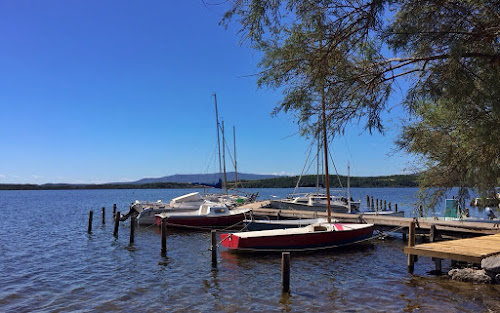As going direct back to Medieval times. Entering this old Plaza, sitting down for a soft drink at the small bar, facing the old church from 1450 and in the building at left the Majors office.
Stretching out your arms you can almost touch each of the walls. A super place to just sit and enjoy such a place rich of old traditions.
Afterwards you can eventually take a walk along the old salt lakes or dream of the time 1000 years ago when the Mediterrannian sea level was higher and Periac was just a small harbour under the big Narbonne county.
EXIF
2015:08:25 15:35:07
Apple iPhone 6 Plus
Focal Length:
29mm (35mm eq.)
Aperture: f/2.2
Exposure: 1/807s
Ev: 11.9
ISO equiv: 32
Interior of the old church from 1450 build over the burial place and sarcophage of St. Paul of whom there is at least 2 myths - one that he lived here in 250 AD and the more exciting that he lived here in 50 AD.
The village is just a few kilometers form the old Roman road Via dolomita traversing from Rome to Gilbraltar. And also close to Narbonne - already in ancient times a big city and central place for Roman legions travelling between Rome and Spain.
Also the Mairie the Major is situated around the smal, intimate, plaza in the charming old village Peyriac de Mer in the South of France.




























 The madam enjoys the Trollfjord nature
The madam enjoys the Trollfjord nature




















